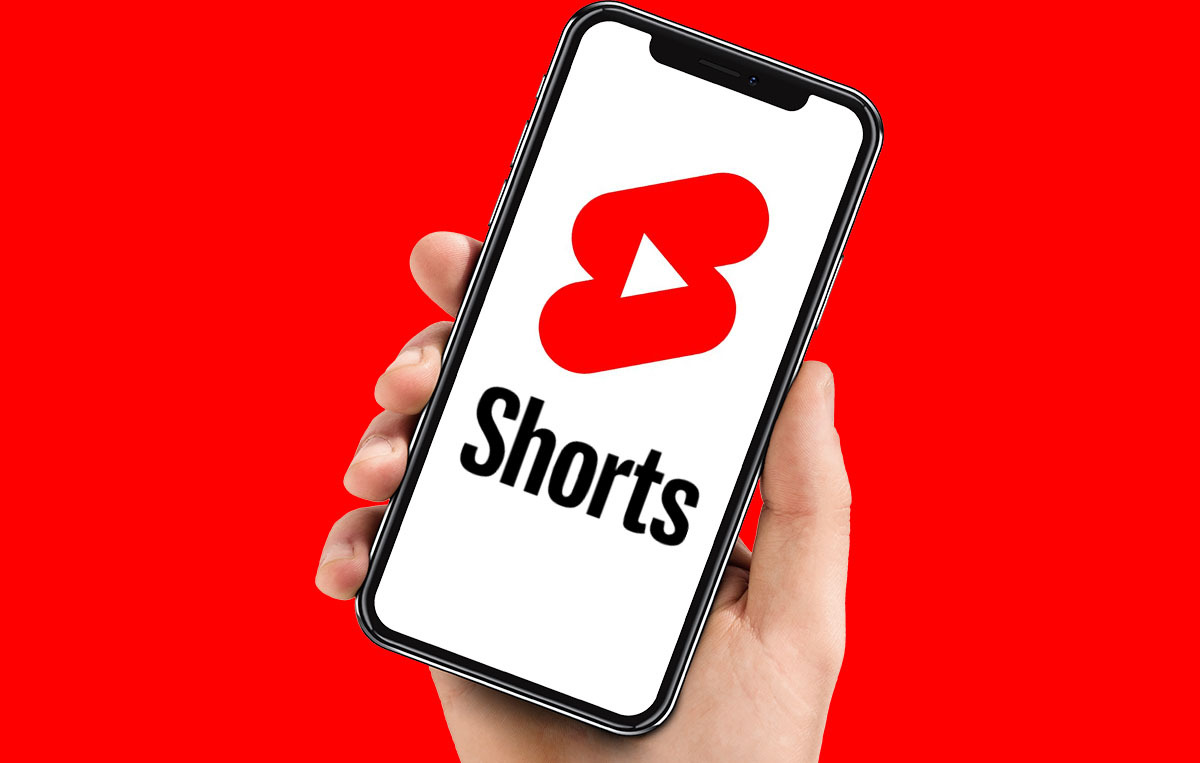
Short videos have become one of the most popular and engaging forms of online content in recent years. Platforms like TikTok, Instagram Reels, and Snapchat Spotlight have attracted millions of users and creators who share their creativity, humor, talent, and opinions in bite-sized clips.
But there is a new contender in the short video arena: YouTube Shorts. Launched in 2020 as a beta feature in India, YouTube Shorts is now available in over 100 countries and has reached over 15 billion daily views globally. YouTube Shorts allows users to create and watch vertical videos of up to 60 seconds, with features like music, filters, effects, captions, and stickers.
YouTube Shorts is not just a standalone app, but a part of the YouTube ecosystem. Users can access Shorts from the YouTube app or website, where they can see a dedicated tab and a carousel of recommended videos. Users can also discover Shorts from their favorite YouTube channels or creators, who can use Shorts to complement their longer videos or reach new audiences.
YouTube Shorts also offers some advantages over TikTok, such as:
– A larger and more diverse user base. YouTube has over 2 billion monthly active users, compared to TikTok’s 1 billion. YouTube also has a wider range of demographics, interests, and niches than TikTok, which is more popular among younger generations and casual users.
– A more established and trusted brand. YouTube is one of the oldest and most respected online video platforms, with a reputation for quality, reliability, and safety. TikTok, on the other hand, has faced some controversies and challenges regarding its content moderation, data privacy, and security issues.
– A more lucrative and flexible monetization system. YouTube has recently announced a $100 million fund to reward the most popular and creative Shorts creators. YouTube also allows creators to monetize their Shorts through ads, memberships, merchandise, and donations. TikTok also has a creator fund and various monetization options, but they are more limited and restrictive than YouTube’s.
– A more seamless integration with other Google products and services. YouTube Shorts can benefit from Google’s expertise and innovation in areas like search, artificial intelligence, cloud computing, and analytics. YouTube Shorts can also leverage Google’s existing partnerships with music labels, publishers, and advertisers.
So, do YouTube Shorts compete with TikTok? The answer is yes. YouTube Shorts is a serious competitor to TikTok in the short video market, and it has the potential to surpass it in terms of user base, engagement, revenue, and innovation.
Will YouTube Shorts be bigger than TikTok? The answer is not so clear. TikTok is still a formidable force in the online video space, with a loyal and passionate community of users and creators. TikTok also has some features and strengths that YouTube Shorts does not have, such as:
– A more intuitive and user-friendly interface. TikTok’s app is designed for short video creation and consumption, with a simple and elegant layout that makes it easy to browse, watch, create, edit, and share videos. YouTube’s app is more cluttered and complex, with multiple tabs, menus, buttons, and options that can be overwhelming for some users.
– A more viral and addictive algorithm. TikTok’s algorithm is known for its ability to surface relevant and personalized content for each user based on their preferences, behavior, location, and trends. TikTok’s algorithm also encourages users to spend more time on the app by showing them endless videos that match their interests. YouTube’s algorithm is more focused on longer videos and channels than on individual shorts.
– A more original and diverse content library. TikTok’s content is more varied and creative than YouTube’s shorts content. TikTok users can find videos on almost any topic or genre imaginable, from comedy to education to fashion to social issues. TikTok also has more original formats and challenges that spark user participation and interaction. YouTube’s shorts content is more limited and repetitive than TikTok’s content.
Therefore, it is hard to predict whether YouTube Shorts will be bigger than TikTok in the future. Both platforms have their own advantages and disadvantages that appeal to different types of users and creators. Both platforms also have room for improvement and innovation that can change the dynamics of the short video market.
What is certain is that YouTube Shorts and TikTok are both here to stay as major players in the online video space. They are both providing valuable opportunities for users to express themselves creatively online.









